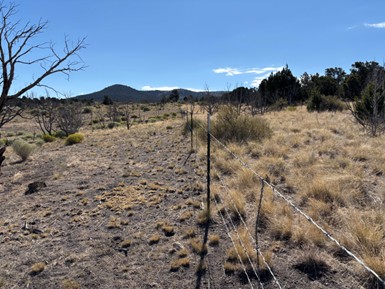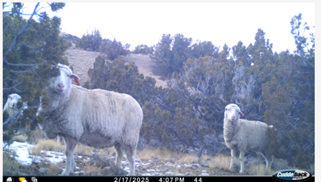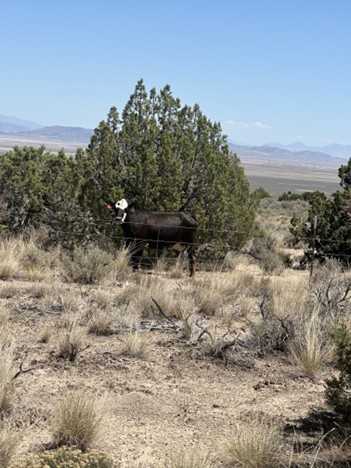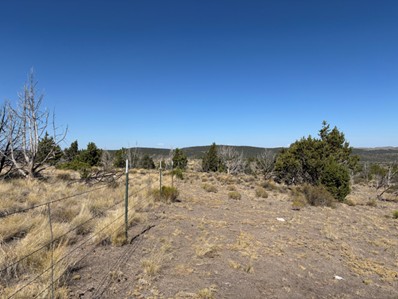Grazing
Fuel treatments vary in their efficacy at reducing fuel loads with tradeoffs between vegetation communities and wildfire risk. To date, there has been no assessment of fuel treatment effects on forage production. Additionally, grazing has been identified as a potential control method for invasive annual grasses to reduce wildfire risk. However, few studies have evaluated grazing as a fuel management strategy across broad landscapes or the long-term effects on ecosystems. We are evaluating the effects of various fuel treatments on forage production across soil and climatic gradients by using biomass data collected over the past 18 years at SageSTEP sites.
Additionally, most plots are fenced on grazed lands, allowing us to make grazed and ungrazed comparisons. We have prior data in grazed areas on PJ sites for 2006-2014 and are investigating differences in soil surface characteristics and plant communities between grazed and ungrazed areas. Furthermore, we commenced resampling four sites inside and outside exclosures in 2025. These datasets allow us to:
- Determine changes in forage production over 20 years after fuel treatments.
- Evaluate long-term effects of livestock grazing on soil and plant properties, including plant invasion.
Understanding the tradeoffs among fuel reduction techniques will assist managers and livestock operators in determining the best treatments for a particular landscape to reduce annual grass invasion and associated wildfire risk.
Latest Resources on Grazing
View article. Cattle herbivory, a novel disturbance and selective force, was a significant component of two overlapping stress gradients most strongly associated with observed shifts in interactions. Facilitation and competition were strongest and most frequent at the highest and lowest stress levels along both gradients, respectively. Contrasting ecological optima among native and non-native beneficiaries led…
View article. Cold desert shrublands occur over strong environmental gradients and exhibit significant differences in resilience and resistance. They provide an excellent opportunity to increase our understanding of these concepts. Herein, we examine a series of linked questions about (a) ecosystem attributes that determine resilience and resistance along environmental gradients, (b) effects of disturbances like…




